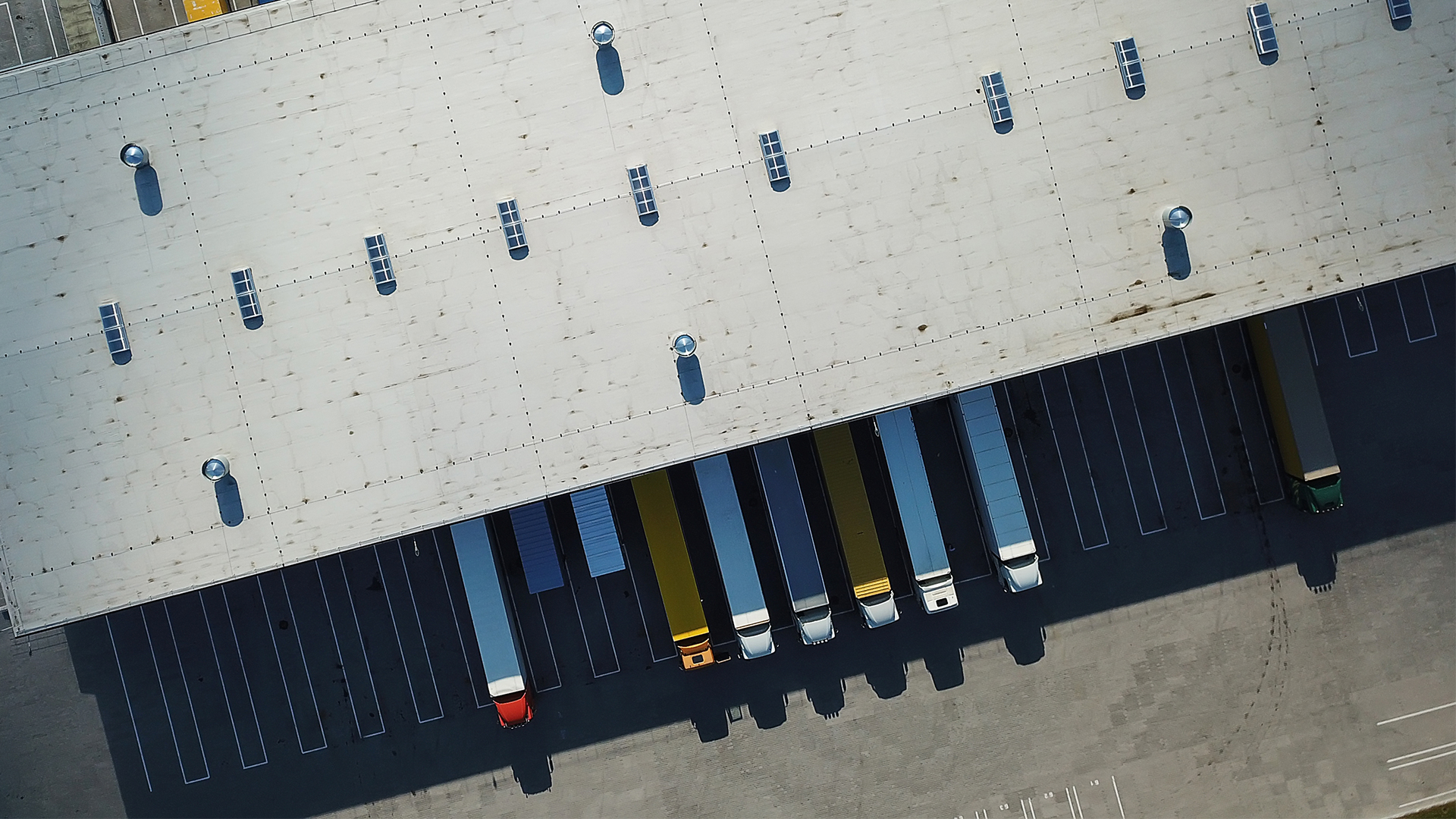- In dollar terms, Canadian manufacturing sales fell by 2.8 per cent (m/m) in October. This was a sharper decline than Statistics Canada’s flash estimate for October, which called for a 2.7 per cent decrease. After accounting for price effects, real manufacturing sales volumes fell by 2.2 per cent (m/m).
- Nominal sales grew in 9 of the 21 manufacturing subsectors. Sales of fabricated metal products (+$101 million) and wood products (+$83 million) grew the most. Meanwhile, sales of petroleum and coal products (–$963 million) saw the sharpest nominal decline.
- Manufacturing sales grew in 4 of 10 provinces. In relative terms, sales fell the most in New Brunswick (–11.2 per cent) and grew the most in Nova Scotia (+4.4 per cent).
- New orders fell by 1.0 per cent, while unfilled orders grew by 0.2 per cent.
Key Insights
Canadian manufacturing sales took a big step down in October. The decline was primarily due to falling sales of petroleum and coal products, which faced off against lower prices and refinery maintenance. But seasonally adjusted real sales—including both durable and non-durable goods—have fallen since August. The inventory-to-sales ratio also reached 1.75 in October which was its highest point since June 2020. And new orders fell for the second consecutive month. In the current environment, these indicators reflect weaker demand amid a slowing economy.
Despite squaring off against labour market tightness, higher input costs, and tighter monetary policy this year, real manufacturing sales are set to post growth in 2023 (relative to 2022). The resurgence of real sales of transportation equipment stands out. Purchased on credit, vehicles are one of the quintessential “rate-sensitive goods” that consumers forgo when monetary policy tightens. But easing supply chain challenges boosted inventories and drove a motor vehicle sales renaissance this year. The future of Canadian motor vehicle manufacturing is also bright, given the large-scale investments in electric vehicle and battery production this year. However, aerospace manufacturing sales remain much lower than in 2019. As the Canadian economy continues to slow, we expect that the pace of producer price growth will ease, which should take some pressure off manufacturers of all stripes. The turbulent economic times aren’t yet over—but the latter half of 2024 should see some optimism return.
For more details about Canadian manufacturing and industrial trends, please explore our Industry Lens reports.







Comments